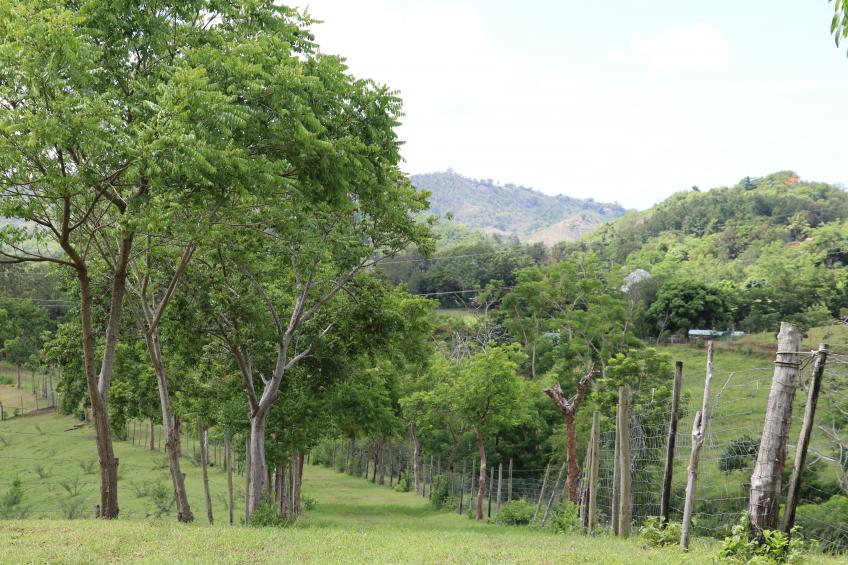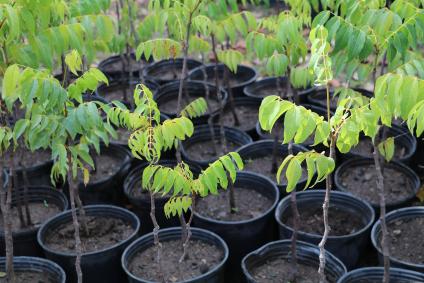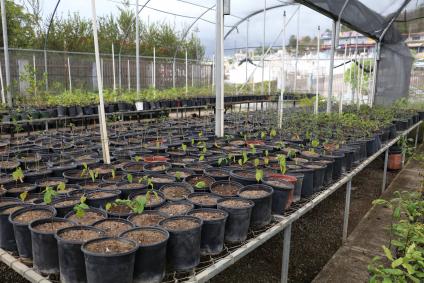Joint Chief Initiative crucial for landscape and wildlife restoration in Puerto Rico
PUERTO RICO – The Caribbean is an extremely important hub for biodiversity. However, in Puerto Rico only about 16% of the land is protected, with the majority of the ecological important areas defined as private-owned. Moreover, after the impacts of two major hurricanes, there has been an urge to restore these ecosystems that are crucial to the improvement of the soil, watersheds and wildlife in the area.
The Joint Chief Landscape Restoration Initiative in Puerto Rico was established two years ago, after the devastation caused by hurricanes Irma and Maria. The initiative to “Establish Biological Corridors and Restore Ecosystem Functionality after the Impact of a Major Hurricane in the Caribbean” is now on its second-year phase out of the three-year proposed period (2017-2020).
The project is focused on a specific area within the central mountain range of western Puerto Rico, which is comprised of six important watersheds. This selection is done based on the ecological benefits these watersheds provide in the area. These watersheds are: Rio Grande de Añasco, Rio Guanajibo, Rio Culebrinas, Rio Guajataca, Rio Camuy and Rio Grande de Arecibo.
The USDA Forest Service and National Resources Conservation Service in the island are working together, along with over ten different partners, towards reducing soil erosion and improve water quality and soil health, mitigating fire threats to communities and landowners, and improving habitat quality for at-risk species. To accomplish this, they are implementing conservation practices such as the establishment of vegetation and tree planting, erosion control measures, nutrient and waste management, the establishment of fire breaks and wind breaks, propagation of native species for agroforestry practices and forest enhancement, habitat restoration for targeted species, and debris and obstruction removal, among others. Approximate total investment from the Forest Service on this project is $775,000.
One of the most important goals of the project is the establishment of biological corridors linking private and public lands. This will improve abandoned agricultural lands into native forests, thus reducing wildlife risks. Among the targeted species is the Puerto Rican parrot, the elfin-woods warbler, the broadwinged hawk and sharp-shinned hawk.
Partners involved in the different stages of the project are US Fish and Wildlife Service, Envirosurvey, Cafiesencia, the Puerto Rico Department of Natural and Environmental Resources, the University of Puerto Rico in Mayagüez, Para la Naturaleza, Protectores de Cuencas, and Distrito de Conservación de Suelos y Agua Suroeste (Southwest Soil and Water Conservation District).



